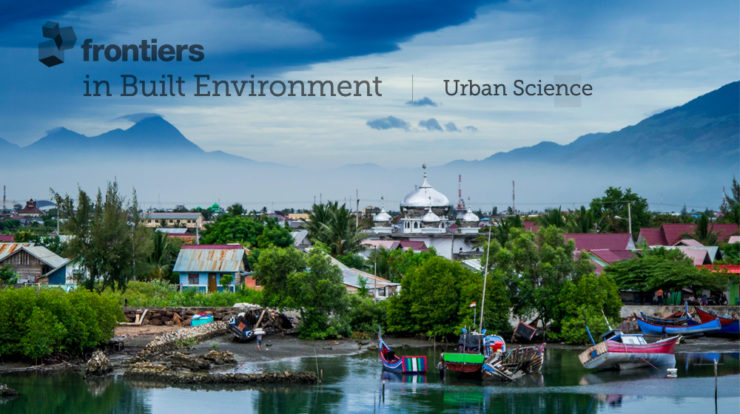

News
Biophilic Design Initiative talks Climate Change in Frontiers
Catie Ryan
Share
Biophilic design as a practice relies on nature-based systems, engineering principles and design cues to improve environmental quality, human health, and systems efficiency. As a connective language and ethos, biophilic design provides a platform for uniting disparate disciplines in the built environment. Together — as practice, language and ethos — biophilic design can directly support resilience in human health and the built environment. Advisory board members of the International Living Future Institute’s Biophilic Design Initiative have together published a perspective on the contribution of biophilic design to climate change resilience and adaptation in the March 2019 issue of Frontiers in the building Environment, entitled “Biophilic Design and Climate Change: Performance Parameters for Health”.
Article: Front. Built Environ., 19 March 2019 | https://doi.org/10.3389/fbuil.2019.00028
Authors: Julia Africa, Judith Heerwagen, Catie Ryan, Vivian Loftness
The article represents a first take at framing the relationship between climate science, neuroscience, architecture and resilience and ultimately hopes to encourage greater demonstration of professional mindfulness and responsibility in the built environment. Terrapin intends to continue feeding into this evolving conversation. Stay tuned, or catch up on our related blog features, such as Creating a Healthier World by Chris Garvin and Embracing the Ecological Perspective by Allison Bernett.
Header image courtesy of Arto Marttinen / Creative Commons
Filed under:
Catie Ryan
Catie is the Director of Projects at Terrapin and a leader in biophilic design movement. With a background in urban green infrastructure, Catie's interest lies in systems thinking to address human health and sustainability challenges at each scale of the built environment.
Topics
- Environmental Values
- Speaking
- LEED
- Terrapin Team
- Phoebe
- Community Development
- Greenbuild
- Technology
- Biophilic Design Interactive
- Catie Ryan
- Spanish
- Hebrew
- French
- Portuguese
- Publications
- Occupant Comfort
- Materials Science
- Conference
- Psychoacoustics
- Education
- Workshop
- Mass Timber
- Transit
- Carbon Strategy
- connection with natural materials
- interior design
- inspirational hero
- biophilia
- economics of biophilia
- Sustainability
- wood
- case studies
- Systems Integration
- Biophilic Design
- Commercial
- Net Zero
- Resorts & Hospitality
- Energy Utilization
- Water Management
- Corporations and Institutions
- Institutional
- Ecosystem Science
- Green Guidelines
- Profitability
- Climate Resiliency
- Health & Wellbeing
- Indoor Environmental Quality
- Building Performance
- Bioinspired Innovation
- Biodiversity
- Residential
- Master Planning
- Architects and Designers
- Developers and Building Owners
- Governments and NGOs
- Urban Design
- Product Development
- Original Research
- Manufacturing
- Industrial Ecology
- Resource Management
- Sustainability Plans
- Health Care
- Carbon Neutrality


